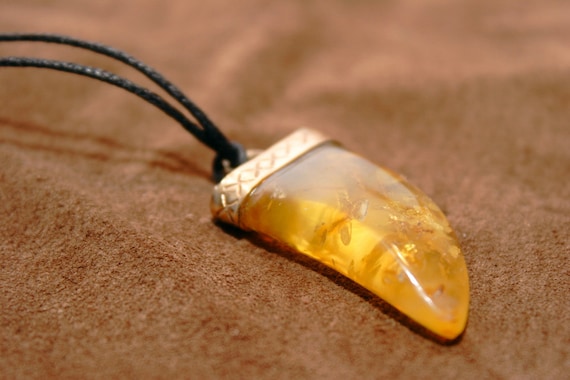Sveiki,
I am starting his thread to post information for Hedge/Nature/Green traditionalists. Particularly those who are not able to live in the middle of a 'preferable' natural situation yet wish to live as close to nature as possible in the city or a small apartment. I used to be an inner city gal and discovered many ways to keep the connection to nature flowing. These days I live in a rain forest and simply stepping outside my cottage puts me in the thick of nature. I still adopt some of my inner city practices whilst living the traditional Hedge/Nature/Green lifestyle.
- - - Updated - - -
There is nothing more luscious than bathing in natural rainwater and connecting to the Goddess with natures flow. This can be achieved even if you live in the middle of a city in an apartment, by purchasing a cheap outdoor camping shower system (on-line such as eBay or local camping store) and collecting rain water using buckets etc. Set the outdoor camping shower up in your regular shower and enjoy a real rain water shower whilst surrounding yourself with some of your favorite herbs, flowers, candles etc. I have no city water where I live so I rely solely on rain water tanks and it is a blessing for my spirit as much as my skin.
I am starting his thread to post information for Hedge/Nature/Green traditionalists. Particularly those who are not able to live in the middle of a 'preferable' natural situation yet wish to live as close to nature as possible in the city or a small apartment. I used to be an inner city gal and discovered many ways to keep the connection to nature flowing. These days I live in a rain forest and simply stepping outside my cottage puts me in the thick of nature. I still adopt some of my inner city practices whilst living the traditional Hedge/Nature/Green lifestyle.
- - - Updated - - -
There is nothing more luscious than bathing in natural rainwater and connecting to the Goddess with natures flow. This can be achieved even if you live in the middle of a city in an apartment, by purchasing a cheap outdoor camping shower system (on-line such as eBay or local camping store) and collecting rain water using buckets etc. Set the outdoor camping shower up in your regular shower and enjoy a real rain water shower whilst surrounding yourself with some of your favorite herbs, flowers, candles etc. I have no city water where I live so I rely solely on rain water tanks and it is a blessing for my spirit as much as my skin.





Comment